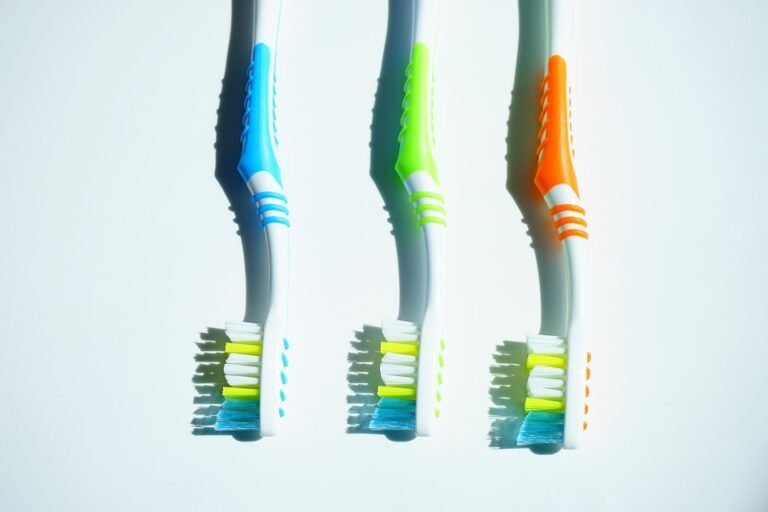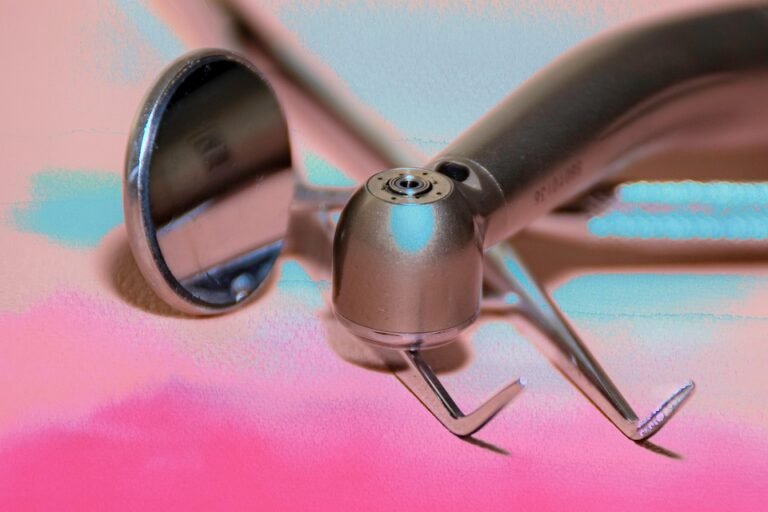What are the benefits of bio-inspired dental materials
Okay, here’s the question, formatted as requested:
So, I’m a dentist, and I’ve been hearing a lot about bio-inspired dental materials lately. It sounds promising, but I’m still trying to understand the real-world benefits compared to traditional materials like amalgam, composites, and ceramics.
Specifically, I’m interested in things like:
- Improved biocompatibility: Are these materials less likely to cause allergic reactions or inflammation compared to what I’m already using?
- Enhanced aesthetics: Do they offer a more natural look and feel that patients will appreciate?
- Increased durability and longevity: Will these restorations last longer and require less frequent replacement?
- Better bonding and adhesion: Do they bond more effectively to natural tooth structure, minimizing microleakage and secondary caries?
- Remineralization potential: Can these materials actually help to remineralize damaged tooth structure?
- Mimicking natural tooth properties: How well do they replicate the mechanical properties (like hardness, elasticity, and wear resistance) of enamel and dentin?
- Reduced risk of fracture: Are they less prone to chipping or cracking under pressure?
- Environmental impact: Are they more environmentally friendly in terms of manufacturing and disposal?
Basically, I’m looking for a breakdown of the advantages of using bio-inspired dental materials over the existing options. What are the specific benefits I can expect for my patients and my practice? Are the benefits significant enough to justify the potentially higher cost? Are there any downsides or limitations I should be aware of? I need some concrete reasons to consider switching. Thanks!
Answer
Bio-inspired dental materials leverage the principles and structures found in natural tooth tissues to create restorative and preventative dental materials with enhanced properties and functionalities. The benefits of this approach are numerous and span several key areas:
1. Enhanced Biocompatibility:
- Mimicking Natural Composition: Bio-inspired materials often incorporate components found in natural tooth structure like hydroxyapatite, collagen, and enamel proteins. This compositional similarity reduces the risk of adverse biological reactions. This close resemblance minimizes inflammation, allergic responses, and cytotoxicity, promoting better integration with surrounding tissues.
- Reduced Foreign Body Response: The body is more likely to recognize and accept materials that closely resemble its own tissues. This minimizes the body’s defense mechanisms from targeting the dental material as a foreign entity, which can lead to implant failure or material degradation.
2. Improved Mechanical Properties:
- Strength and Toughness: Natural tooth enamel is exceptionally hard and resistant to wear. Bio-inspired materials aim to replicate this durability by mimicking the hierarchical structure of enamel. This includes precise arrangement of mineral crystals and incorporation of organic matrices to improve fracture toughness. For example, materials inspired by the arrangement of collagen fibrils in dentin can offer increased resistance to cracking and chipping.
- Fatigue Resistance: Natural teeth are subjected to repetitive loading during chewing. Bio-inspired materials are designed to withstand these cyclic forces without failure. This can involve creating materials with self-healing capabilities or by engineering microstructures that dissipate stress and prevent crack propagation.
- Elasticity and Flexibility: Matching the elastic modulus of natural tooth tissues is crucial for preventing stress concentrations at the interface between the restoration and the tooth. Bio-inspired materials strive to achieve this balance, reducing the risk of micro-cracks and debonding.
3. Superior Aesthetics:
- Natural Appearance: Bio-inspired materials can be designed to replicate the optical properties of natural teeth, including their translucency, opalescence, and fluorescence. This leads to restorations that seamlessly blend with the surrounding dentition, enhancing aesthetic outcomes.
- Color Stability: Some bio-inspired materials incorporate pigments and stabilizers that resist discoloration over time, ensuring long-lasting aesthetic appeal. These materials can be designed to better resist staining from food, beverages, and other environmental factors.
4. Enhanced Bioactivity and Regeneration:
- Promoting Remineralization: Bio-inspired materials can be formulated to release ions, such as calcium and phosphate, that promote the remineralization of enamel and dentin. This can help to repair early caries lesions and strengthen tooth structure.
- Stimulating Tissue Regeneration: Some bio-inspired materials incorporate growth factors or other signaling molecules that stimulate the regeneration of pulp tissue or periodontal tissues. This holds promise for treating conditions such as pulpitis or periodontitis.
- Antimicrobial Properties: Certain bio-inspired designs incorporate antimicrobial agents or surface modifications to inhibit bacterial colonization and biofilm formation on the dental material. This reduces the risk of infection and improves the longevity of the restoration.
5. Improved Adhesion and Bonding:
- Mimicking Natural Bonding Mechanisms: Bio-inspired adhesives can be designed to mimic the natural bonding mechanisms between enamel, dentin, and the underlying tooth structure. This leads to stronger and more durable bonds, reducing the risk of microleakage and secondary caries.
- Enhanced Wettability: Improved surface wettability allows the adhesive to spread more easily and penetrate into the micro-irregularities of the tooth surface, resulting in a more intimate and effective bond.
- Reduced Polymerization Shrinkage: Polymerization shrinkage, a common problem with resin-based dental materials, can lead to stress at the bonding interface. Bio-inspired materials can be designed to minimize shrinkage, reducing the risk of bond failure.
6. Controlled Degradation:
- Biodegradability: In certain applications, such as guided bone regeneration, bio-inspired materials can be designed to degrade gradually over time, releasing bioactive components and promoting tissue regeneration.
- Controlled Release of Therapeutic Agents: Bio-inspired materials can be used as carriers for delivering therapeutic agents, such as antibiotics or growth factors, to the site of action in a controlled and sustained manner.
7. Sustainability:
- Use of Bio-Based Materials: Bio-inspired materials can be derived from renewable sources, reducing the reliance on fossil fuels and promoting environmental sustainability.
- Reduced Waste: Some bio-inspired manufacturing processes generate less waste compared to traditional methods.
In summary, bio-inspired dental materials offer a wide range of benefits, including improved biocompatibility, mechanical properties, aesthetics, bioactivity, adhesion, and sustainability. By mimicking the structure and composition of natural tooth tissues, these materials hold great promise for developing more effective and durable dental restorations and preventative treatments.



